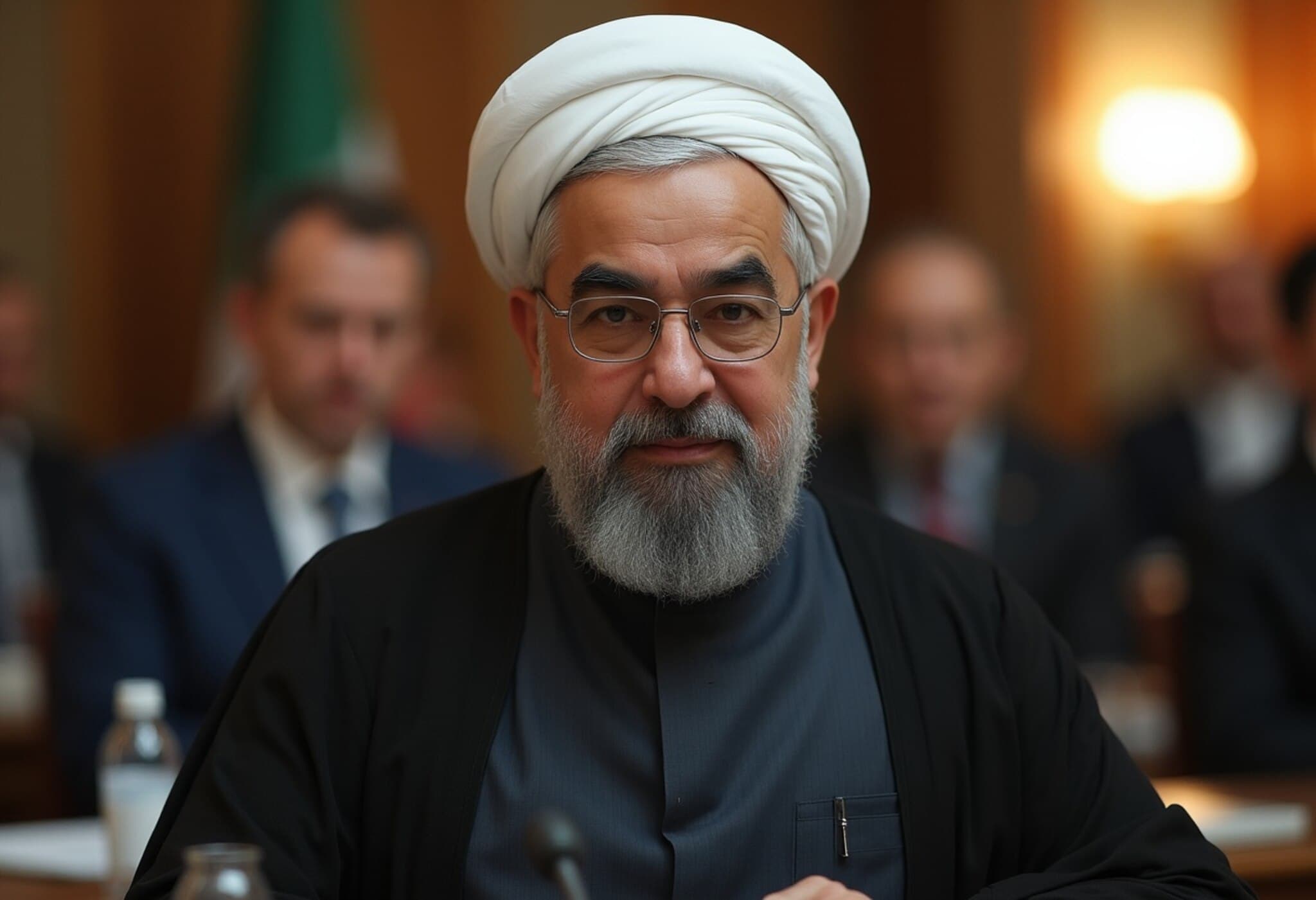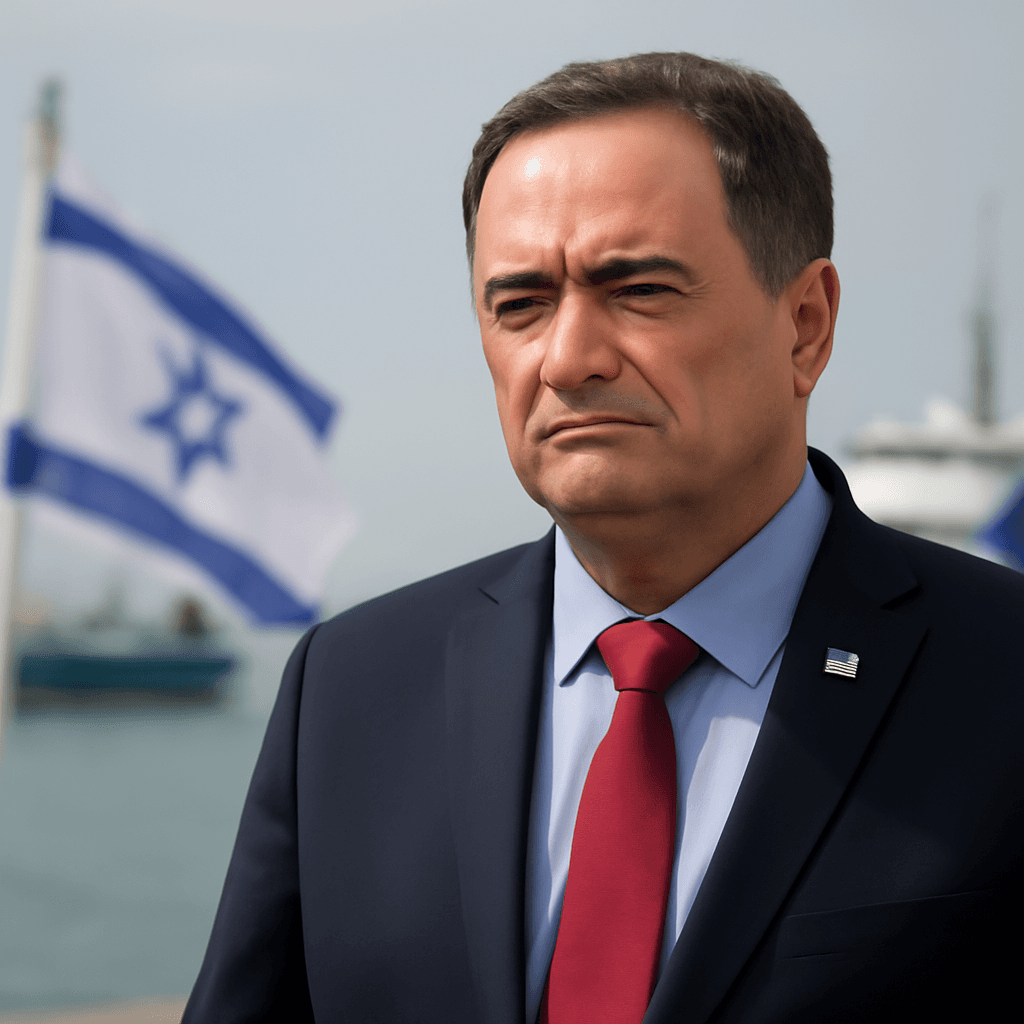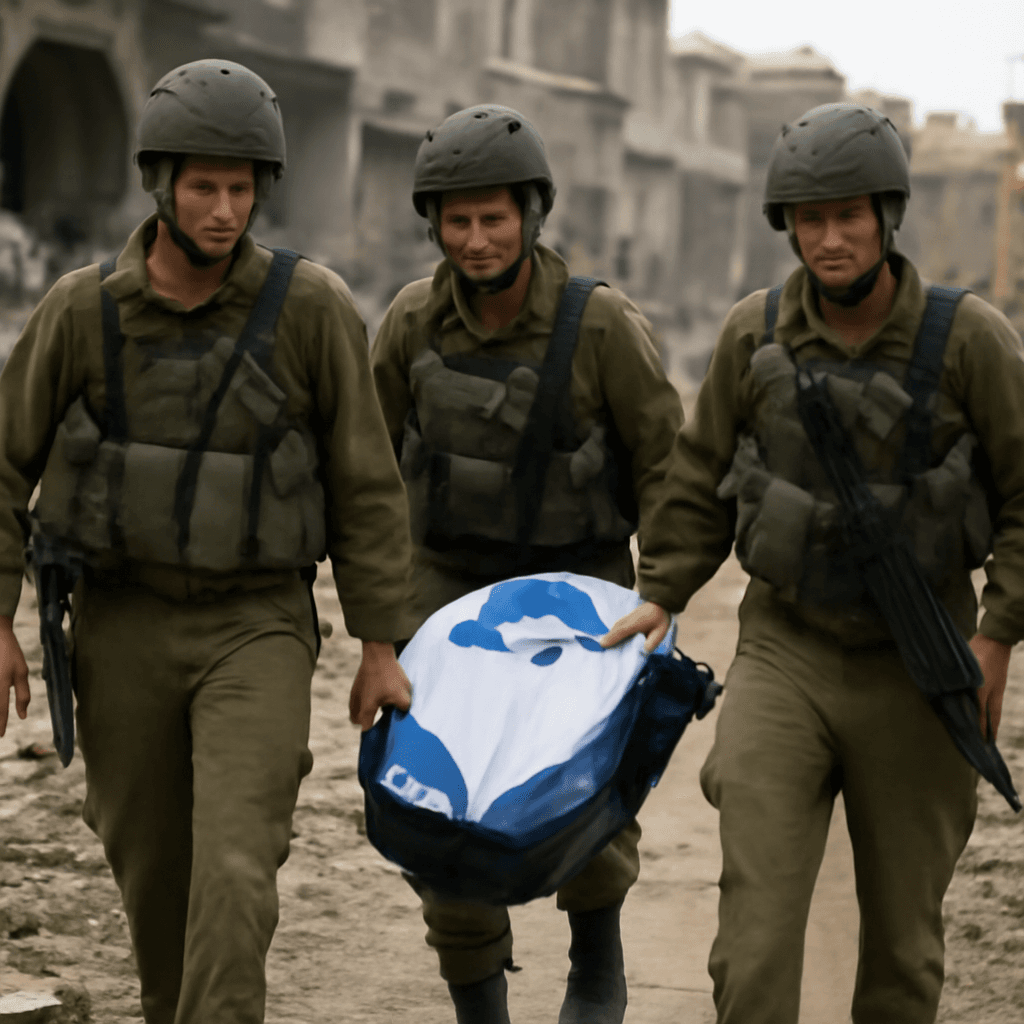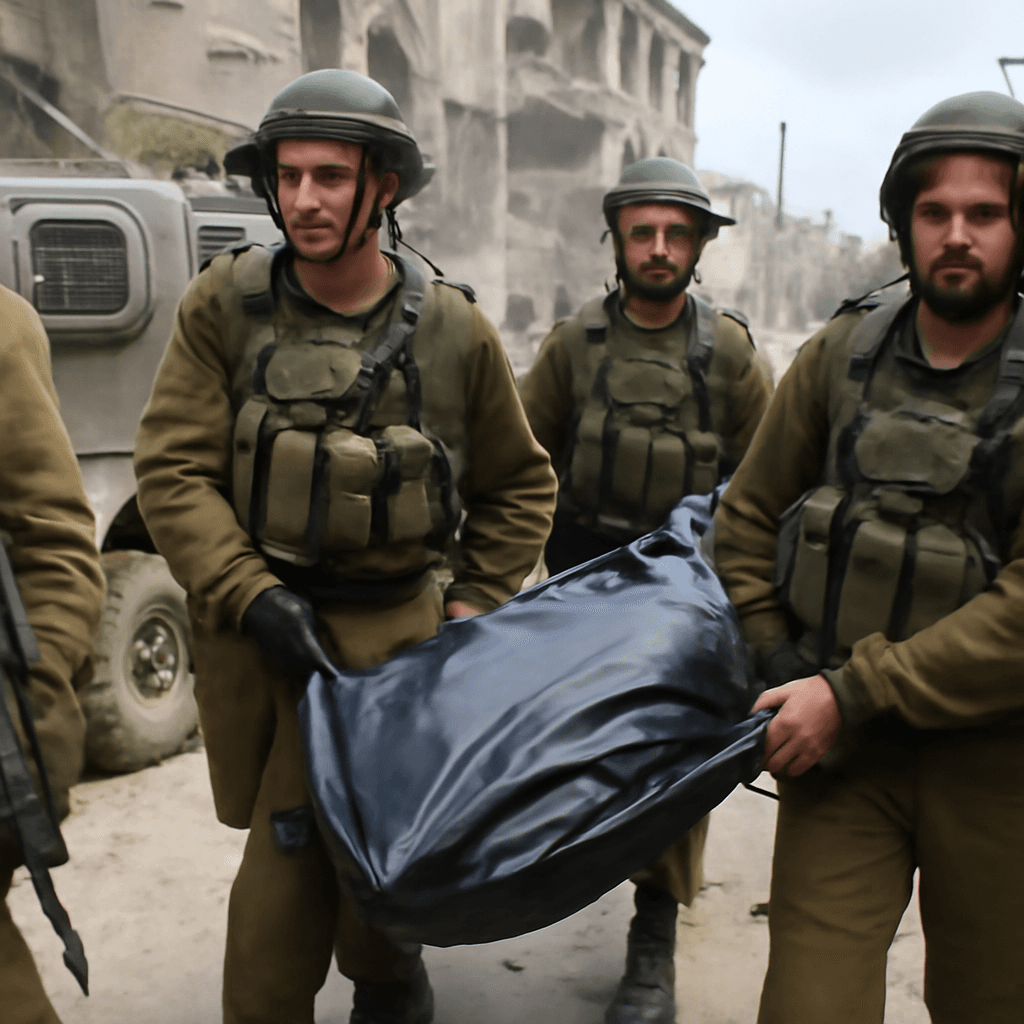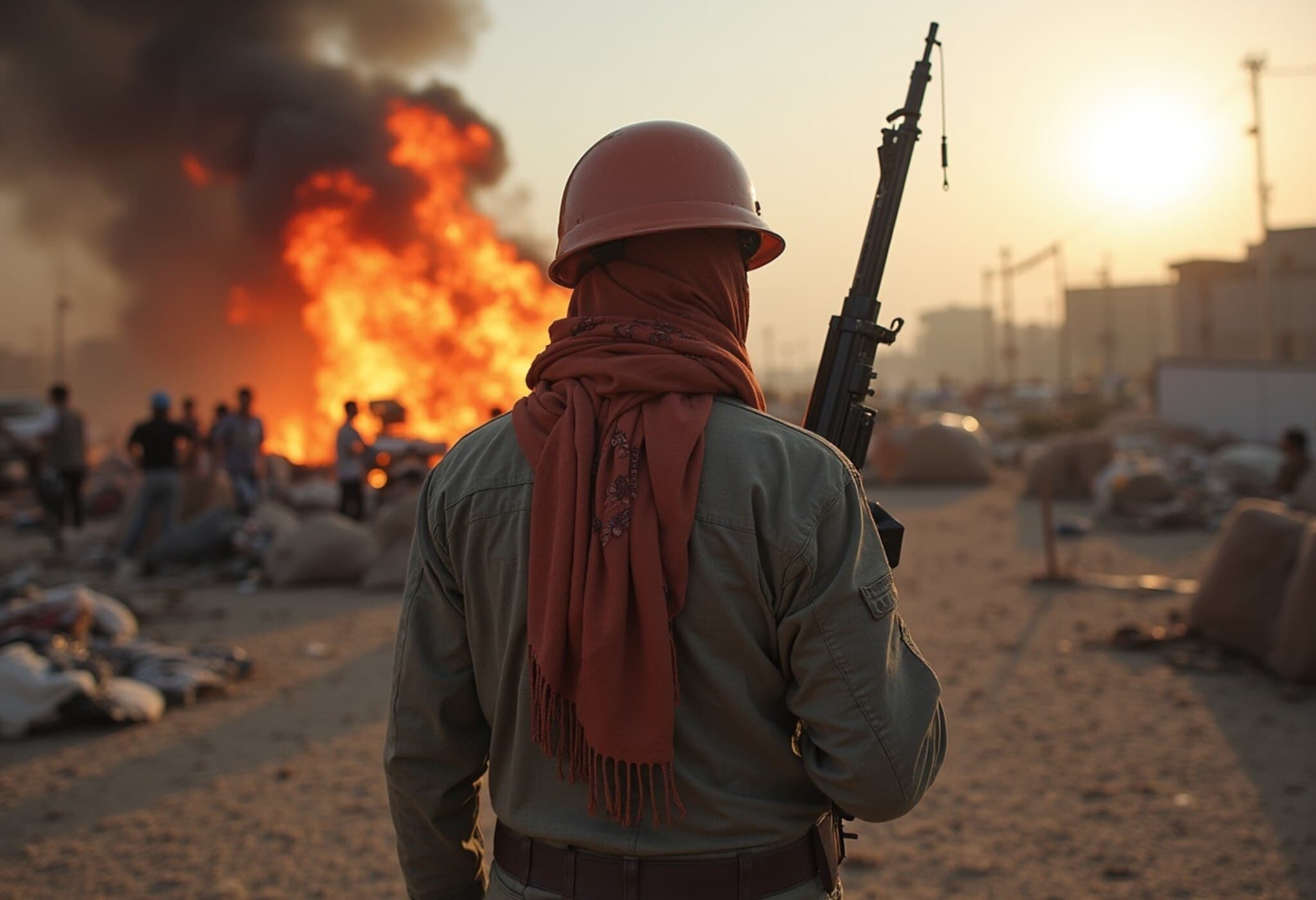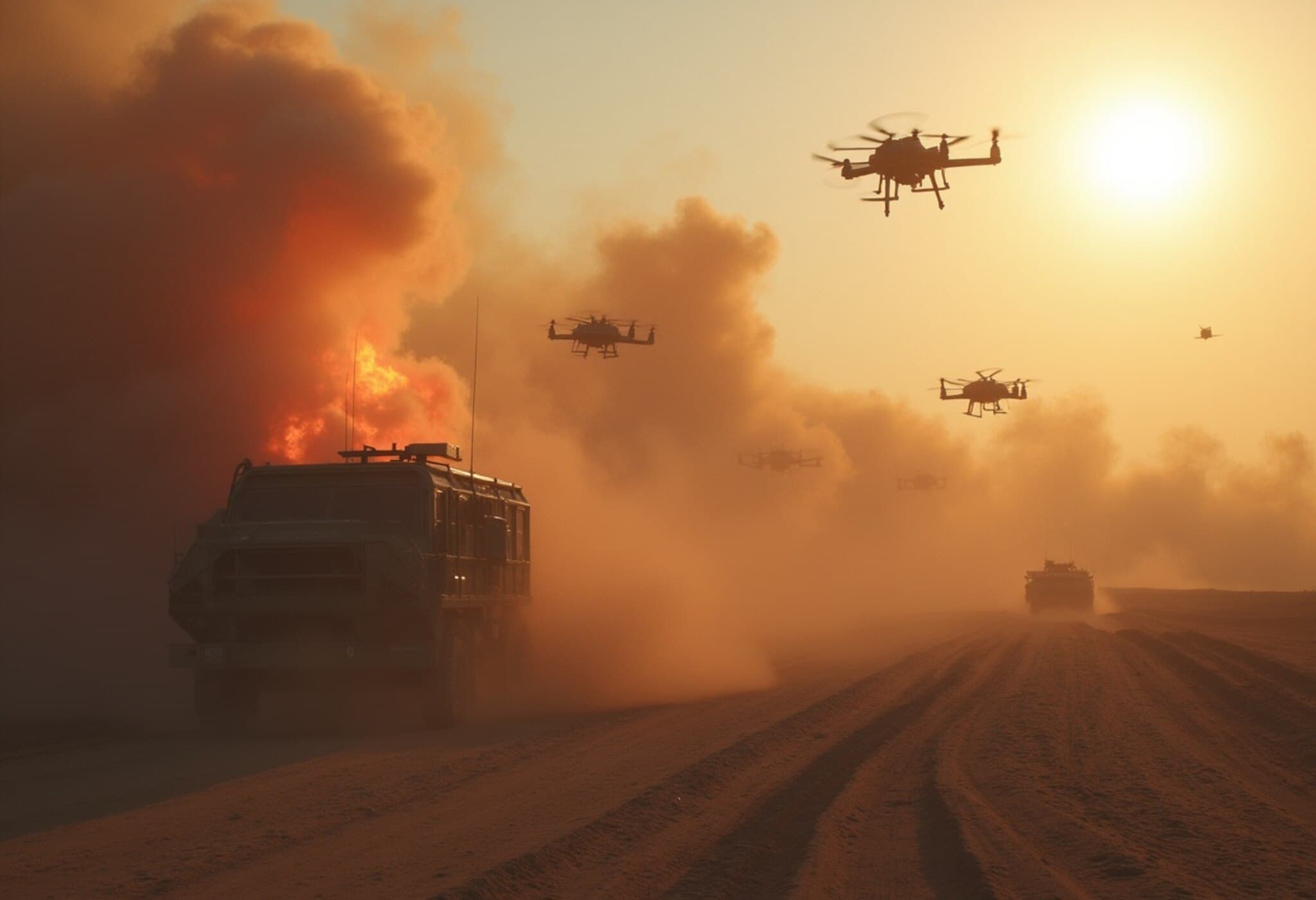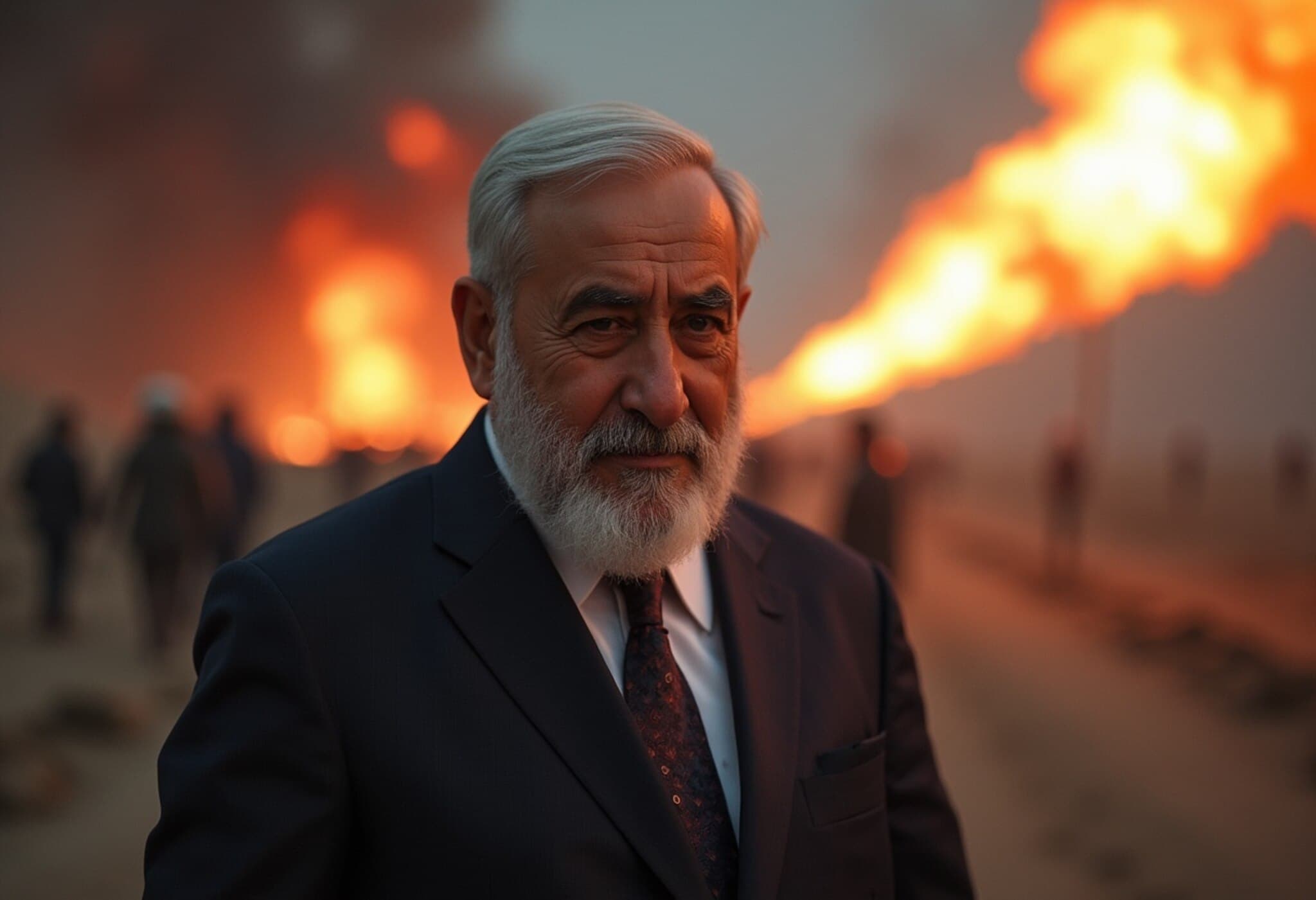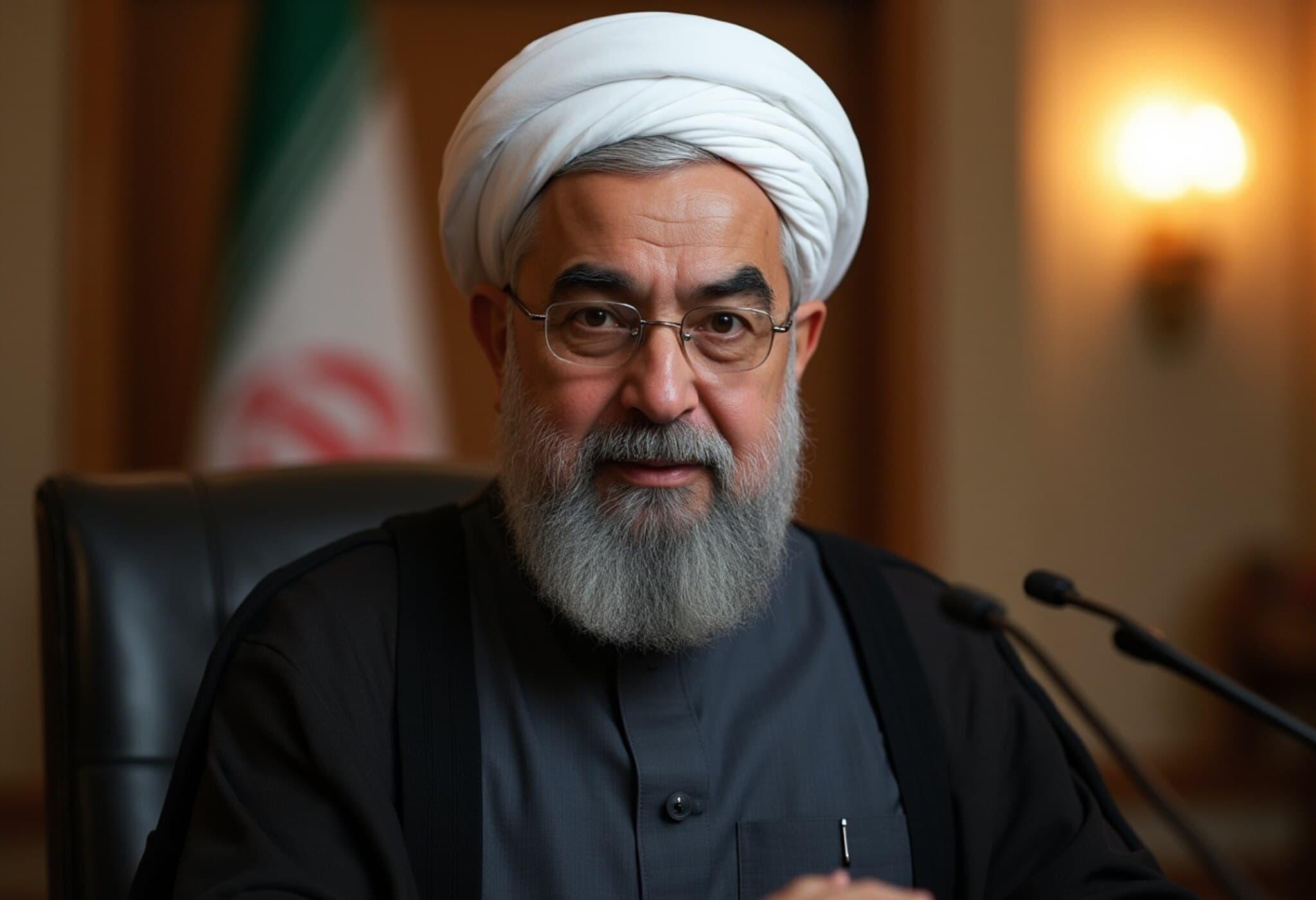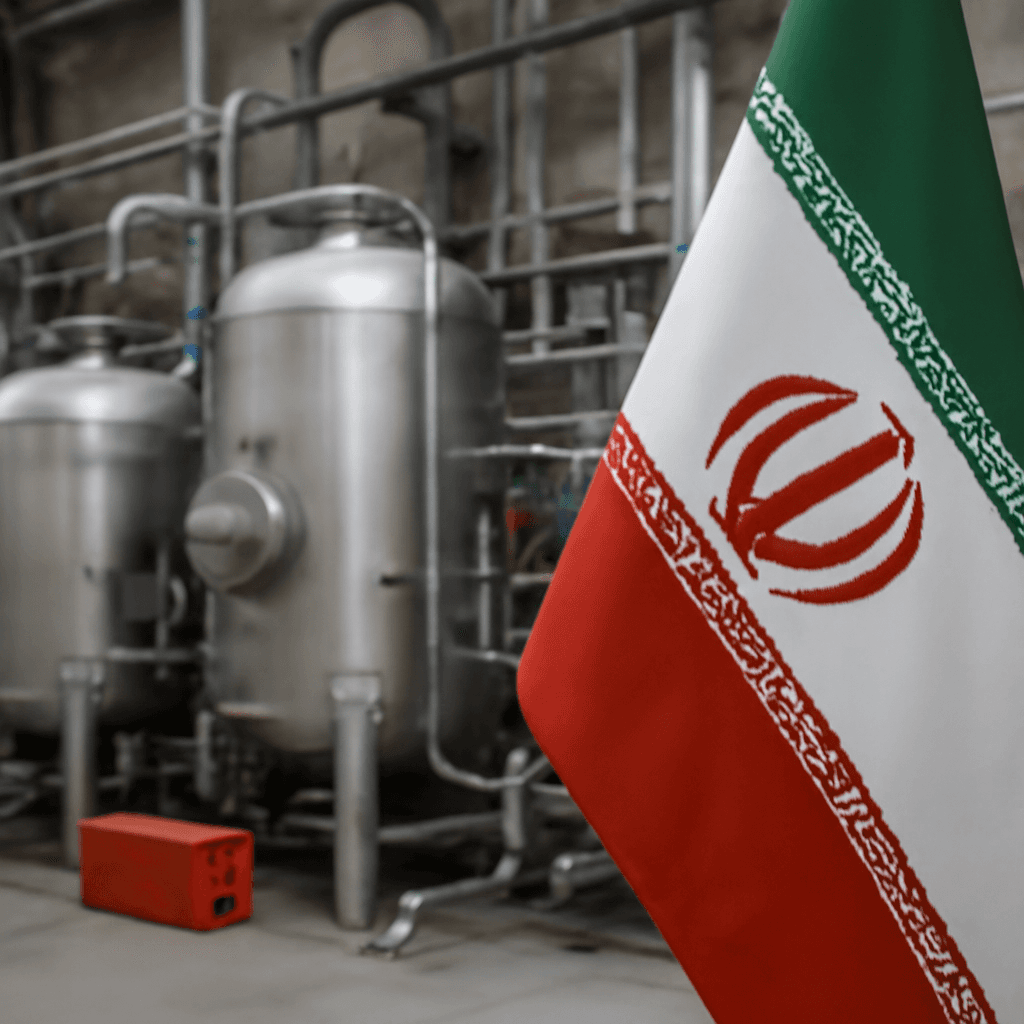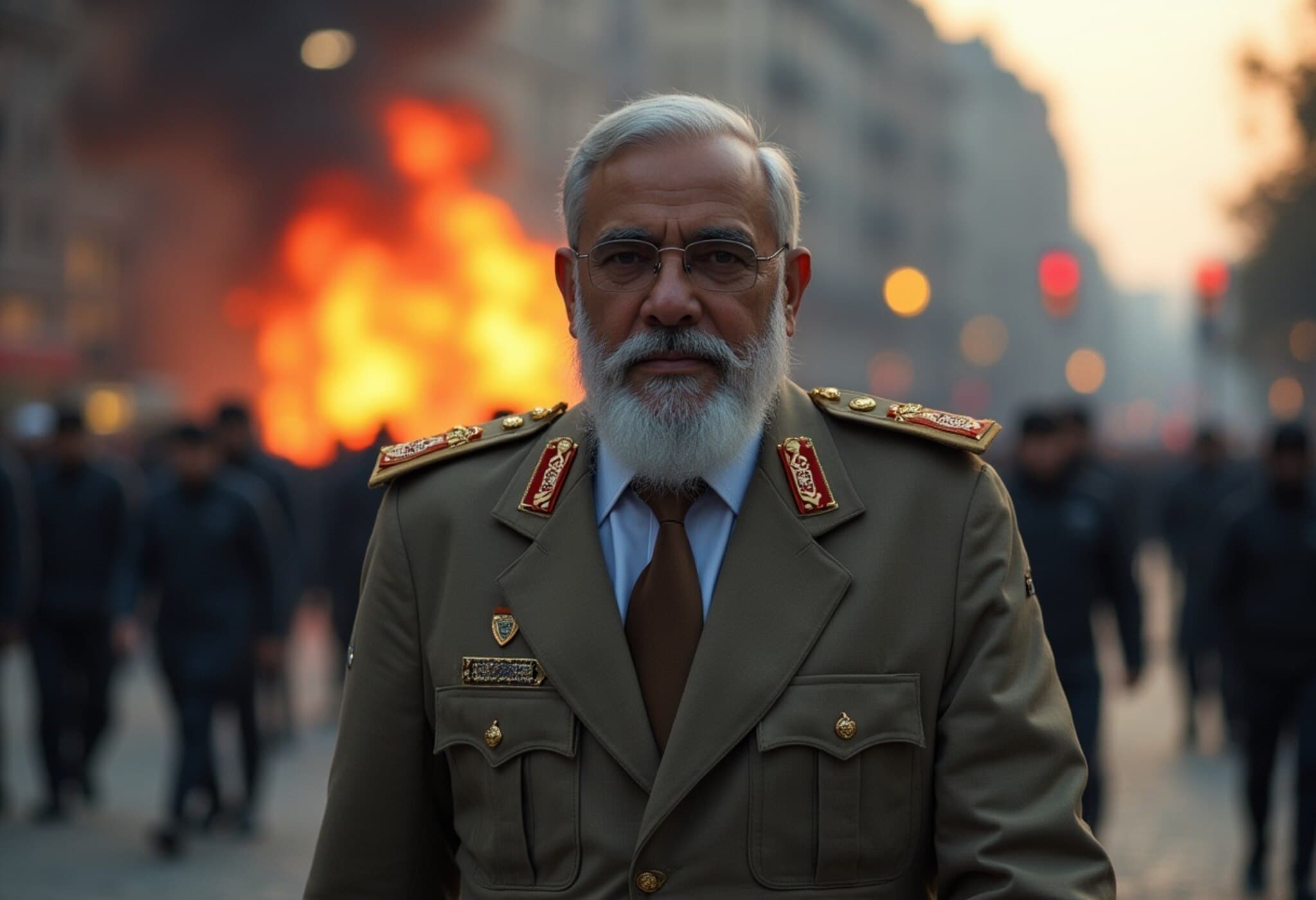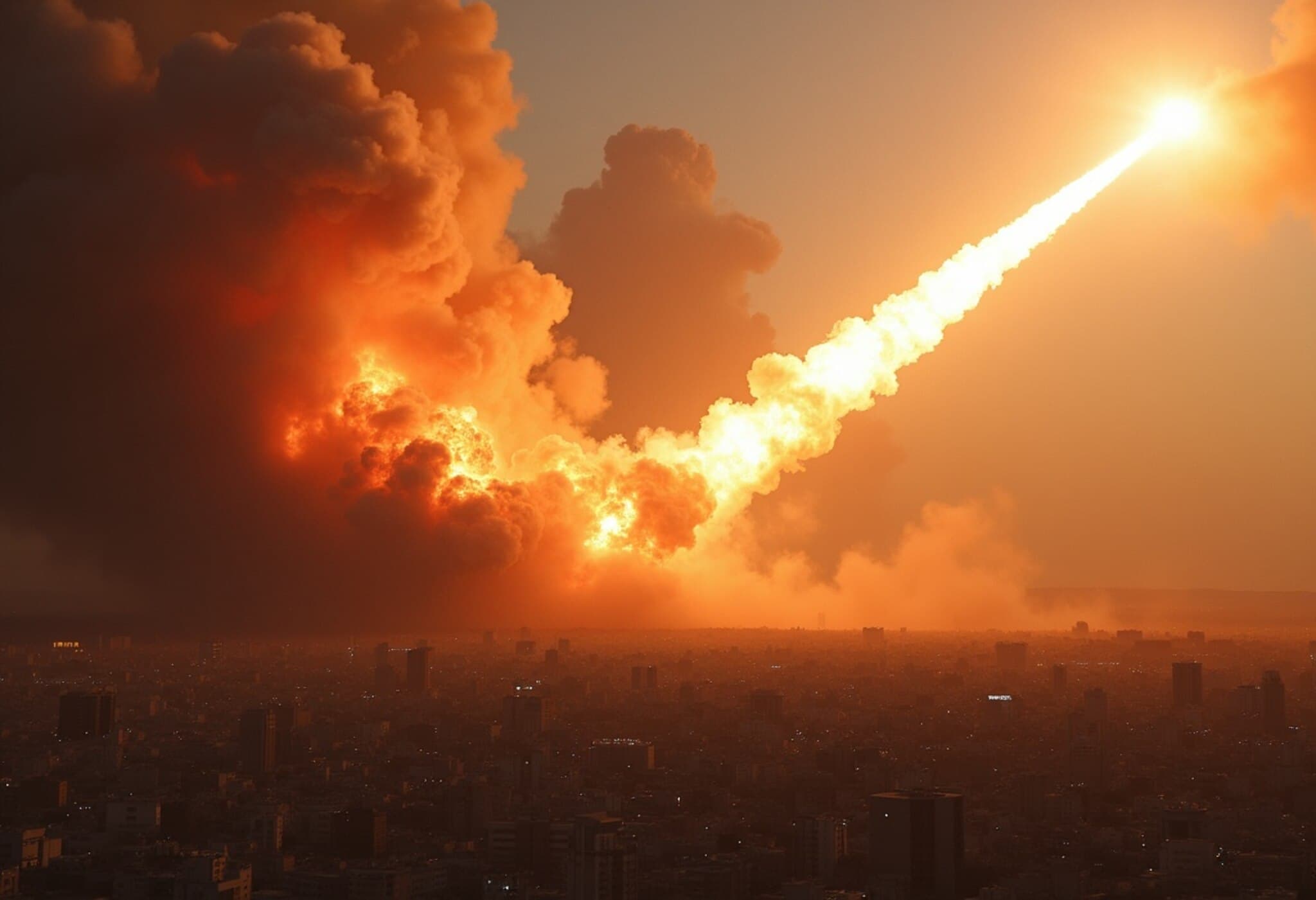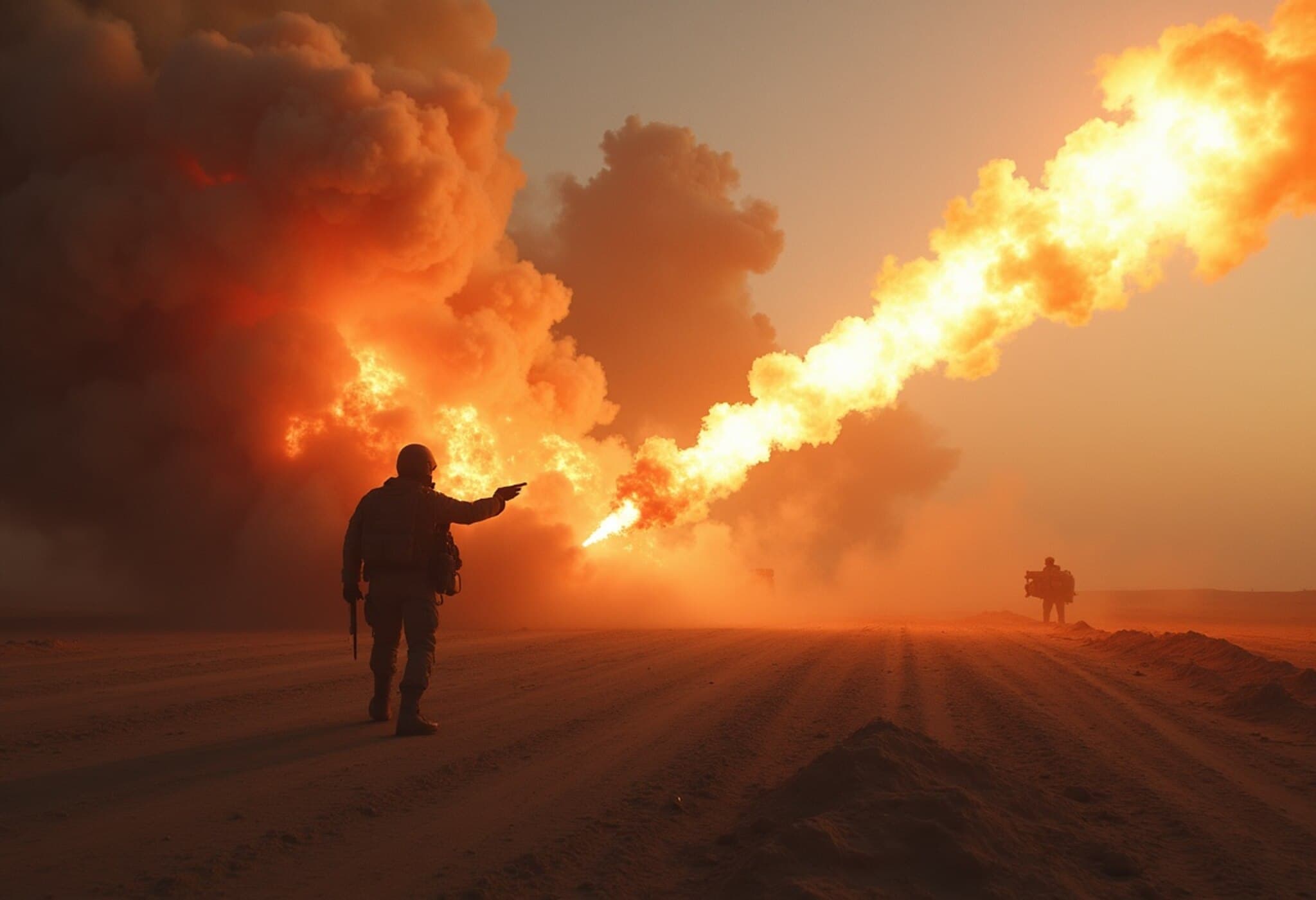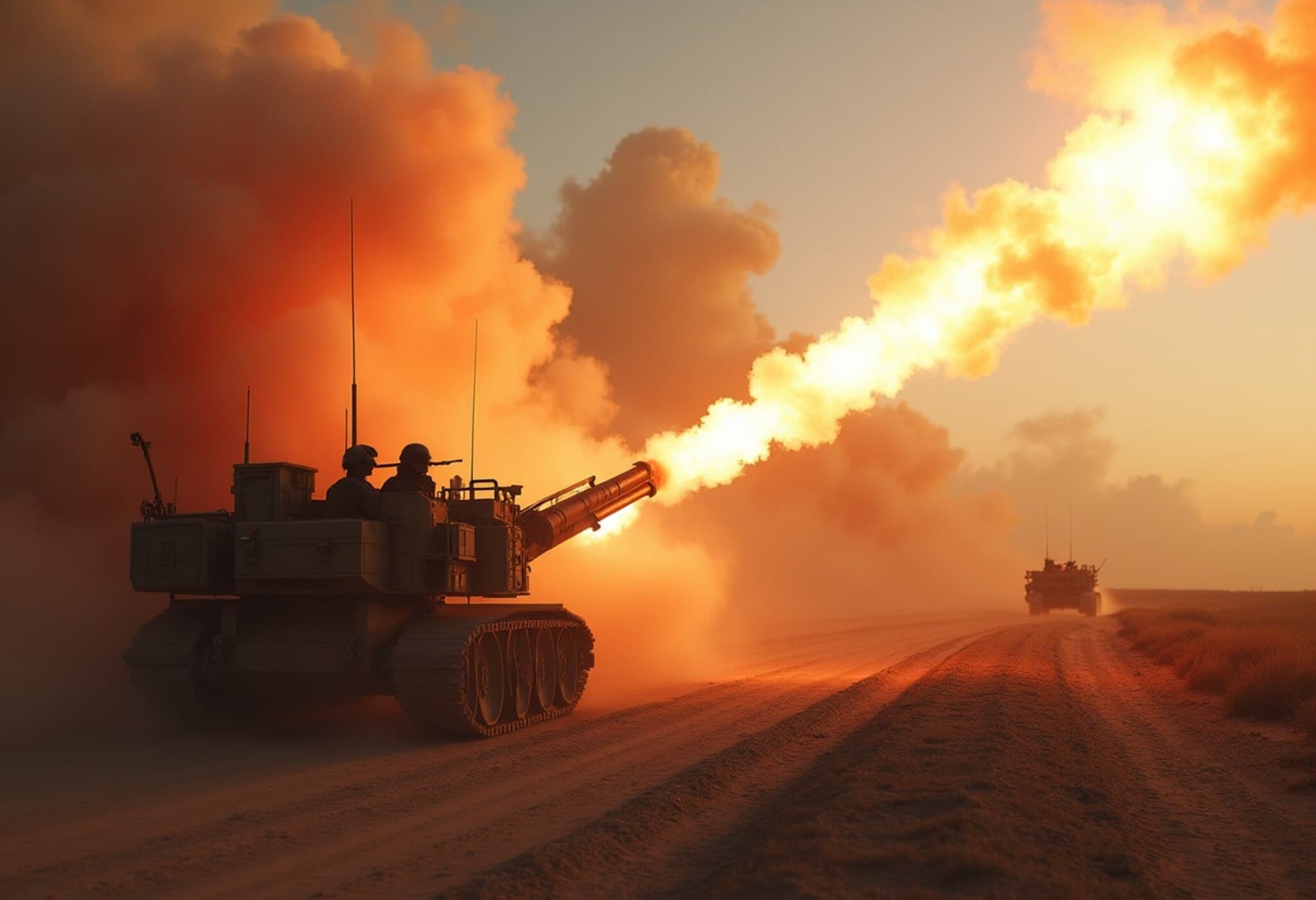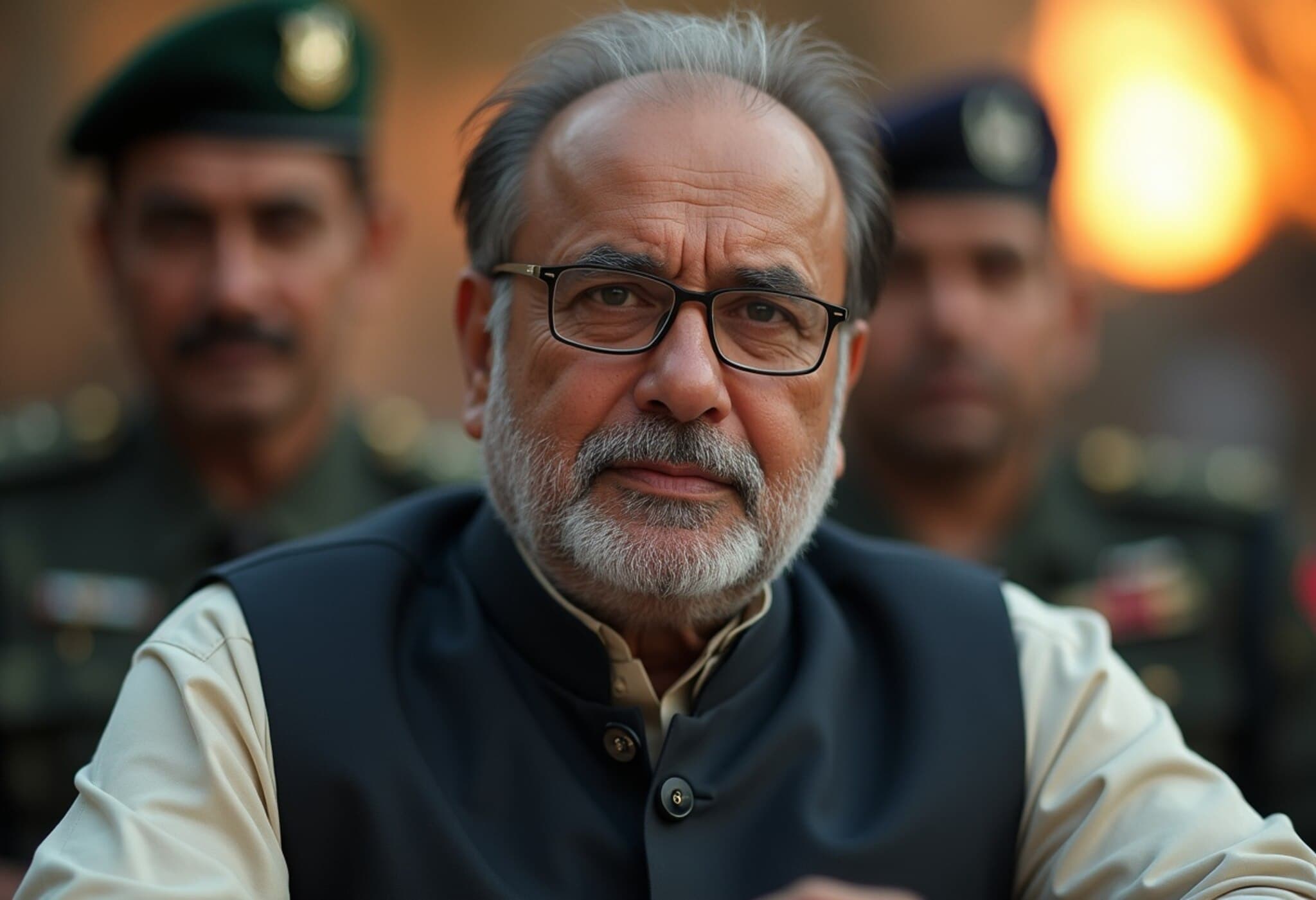Israeli Attack in Tehran: High-Level Iranian Security Meeting Targeted
On June 15, 2025, a high-stakes Israeli strike hit a meeting of Iran’s top security officials in Tehran, aiming to assassinate Iranian President Masoud Pezeshkian. This covert operation, reported by Iran’s Fars News Agency linked to the IRGC, marks a significant escalation in the shadow war between Tehran and Jerusalem.
The Assassination Attempt and Its Aftermath
The attack was reportedly designed to eliminate not only President Pezeshkian but also other critical figures including the Speaker of Iran’s Parliament and the head of the judiciary. According to the reports, Israeli forces deployed missiles or bombs strategically aimed at blocking the exits of the building hosting the Supreme National Security Council meeting, attempting to trap and kill the officials inside.
Despite the intensity of the strike, Pezeshkian escaped with a minor leg injury, alongside the other officials who fled through an emergency exit amid fierce chaos. Iranian authorities have launched a probe into the incident, suspecting an inside leak that provided Israel with vital intelligence on the meeting location.
Contextualizing the Strike Within Regional Tensions
This covert operation seems to mirror Israel’s controversial 2024 assassination of Hezbollah leader Hassan Nasrallah in Beirut, showcasing a pattern in Israel’s approach to countering perceived existential threats. In a recent interview with American commentator Tucker Carlson, Pezeshkian confirmed the assassination attempt, emphasizing the use of espionage intelligence by Israel but asserting the attack ultimately failed.
"They did try, yes. They acted accordingly, but they failed," Pezeshkian stated, underscoring the persistent vulnerabilities Iran faces within its own security apparatus.
Escalation of the Iran–Israel Conflict
The strike fits into a broader campaign of military confrontations that erupted on June 13, 2025, when Israel launched surprise air and ground assaults on Iran’s nuclear and military sites. Targeting senior military leaders and nuclear scientists, Israel sought to curtail Iran’s nuclear ambitions, reflecting Washington and Tel Aviv’s shared concerns over Iran’s regional influence and nuclear development.
In retaliation, Iran fired over 550 ballistic missiles and deployed more than 1,000 explosive drones against Israeli cities and military installations. The scale of missile exchanges points to an unprecedented intensity in their long-standing conflict, with civilian populations increasingly caught in the crossfire.
International Dimensions and US Involvement
Amplifying the regional dynamics, the United States entered the fray on June 22, conducting strikes on Iranian nuclear facilities in Natanz, Fordo, and Isfahan using advanced "bunker-buster" munitions and Tomahawk missiles. These attacks signify deeper US engagement aimed at crippling Iran’s nuclear program.
Interestingly, reports surfaced about a planned Israeli and American operation to assassinate Iran’s Supreme Leader, Ayatollah Ali Khamenei, which was reportedly thwarted by then-US President Donald Trump. This revelation adds another layer to the complex geopolitical chess game enveloping the Middle East.
Underreported Angles and Critical Reflections
- Intelligence Vulnerabilities: The suspected mole inside Iran’s security network highlights internal fractures that could have wide-ranging implications for Iranian domestic stability and regional power balance.
- Human Toll: While strategic and military analyses dominate headlines, the civilian impact of ongoing missile barrages on both sides remains an underexplored crisis deserving greater media attention.
- Legal and Policy Questions: The legality of targeted assassinations and cross-border strikes raises pressing debates within international law, especially regarding sovereignty and acts of war.
What Lies Ahead?
As the Iran-Israel conflict deepens, the risk of broader regional escalation looms large. Diplomatic channels remain tenuous, and the siege mentality on both sides feeds into escalating violence. The international community faces critical challenges in balancing security concerns with humanitarian imperatives.
Expert Insight:
Regional security analyst Dr. Leila Haddad notes, "This strike reflects not only the tactical sophistication of Israeli operations but also a turning point where open conflict edges closer to full-scale war. Iran’s apparent internal security breach suggests simmering vulnerabilities that could reshape power dynamics in the Middle East."
Editor’s Note
The attempted assassination of President Pezeshkian brings into sharp focus the precarious balance of power and the shadow conflicts simmering under the surface between Iran and Israel. Beyond the immediate military confrontation, this event underscores urgent questions about the stability of nuclear diplomacy, the ethics of targeted killings, and the silent human suffering that fuels and results from these geopolitical games. As tensions escalate, attentive and nuanced reporting is more essential than ever to grasp the unfolding consequences in a region foundational to global security.

